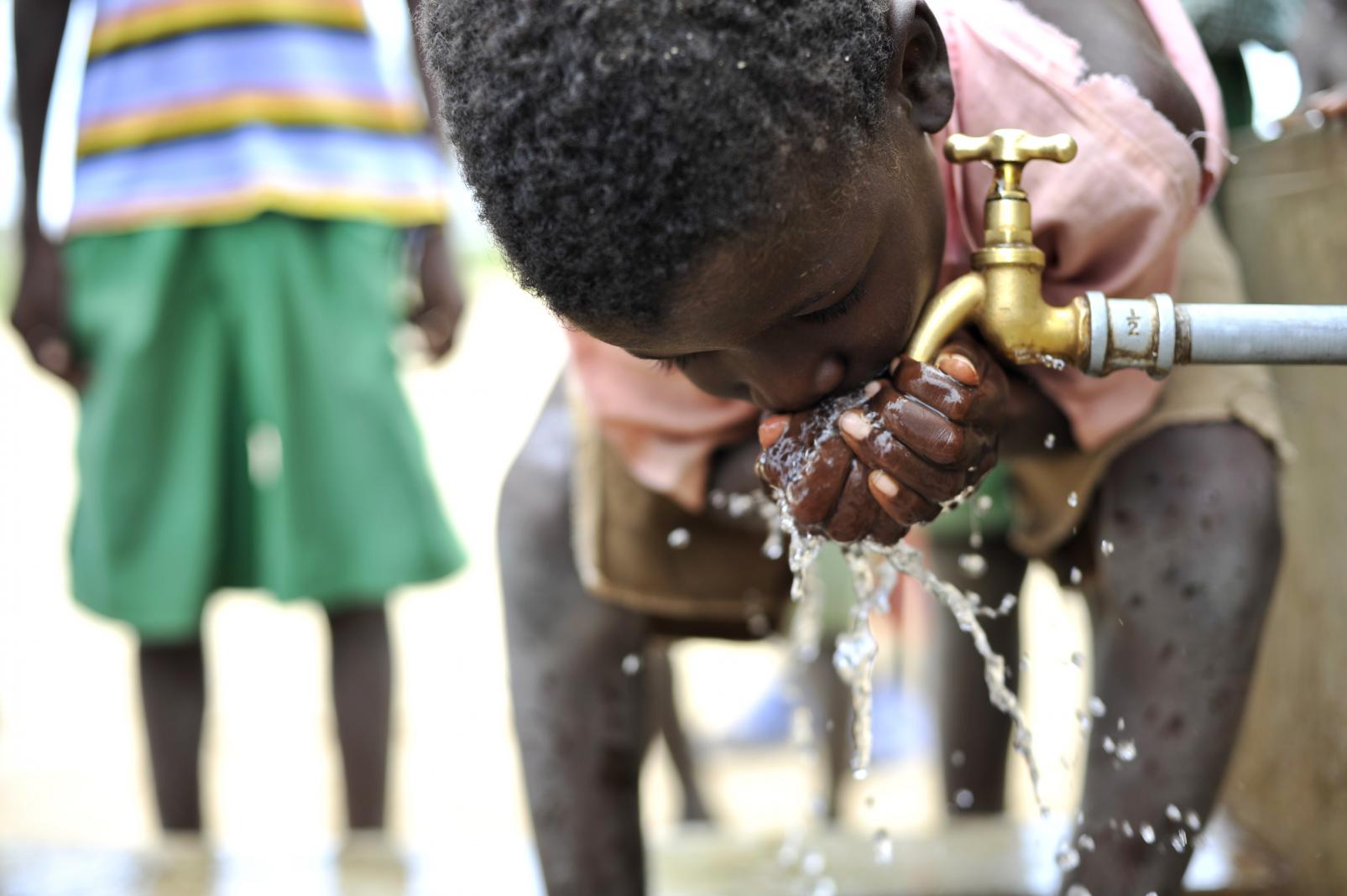South Sudan which gained its independence in July 9th 2011, is one of the least developed countries in the world; has been for decades faced political instability, poverty, and persistent food insecurity. Approximately 50 percent of the population living below the national poverty line, a weak economy, and ongoing internal communal conflict, is also ranks among the most fragile states in the world, with some of the lowest water and sanitation access rates.

Fifty percent of the population of South Sudan, has access to basic drinking water sources however, 30 to 50 percent of water facilities are non-functional at any point in time due to lack of spare part supply chains, weak WASH infrastructure maintenance capacity, poor overall WASH management practices, and/or inappropriate choice of technology. Thus, the actual level of access to an improved water source in rural areas is estimated to be only 34 percent and this affects most of the country as over 80 percent live in rural areas, as well as 90 percent of those living in poverty. Only 2.2 percent of households have water on the premises with a twentyfold difference between the urban (9.3 percent) and rural (0.4 percent) population while 34 percent travel more than 30 minutes to collect water. The laborious daily task of obtaining water is overwhelmingly completed by women. Adult women are most commonly the water carriers (85.6 percent), but female children under age 15 are also significant collectors (8.8 percent). Only 13 percent of the population has access to adequate sanitation facilities. Beyond limited access to improved water and sanitation, there is low knowledge and practice of good hygiene behaviour’s. Additionally, only 45 percent of South Sudan’s 3,349 basic primary schools have access to safe water, and a mere 17 percent have adequate sanitary latrines for both girls and boys. In many developing countries, girls opt not to attend schools that do not have latrines out of concern for their privacy and modesty. Improved access to water and sanitation at schools has therefore been shown to increase school attendance amongst girls.
The most affected people in the sector of water, sanitation and hygiene are the children and women, because they are the ones responsible for collecting water; exposing them to risks of abuse in an environment of insecurity. This is because the children and women have to walk long distances from their homes in search of water sources. The long distances having to be taken to fetch water further result in poor school enrolments and even retention. Most of the children drop-out of school as it becomes difficult to combine domestic work like fetching water from far distances and going to school. The collection of water is therefore a risky task which exposes especially children to various dangers such as diseases and abduction and results in school drop- outs.
Problem of clean and safe water sources especially in the rural areas and the lack of or poor sanitary facilities with very poor solid waste disposal; high level of illiteracy and poor health indicators among others.
Food Security and People’s Empowerment Organization (FSAPEO) therefore is joining the other development partners in efforts to addressing some of these WASH challenges in the country in its operational areas.
Increase access to safe drinking water and improved sanitation facilities in participating communities.
FSAPEO with fund it aims to mobilize, construct boreholes, with each borehole having a community water management committee in charge of maintenance and management of water points, Hand pump mechanics to undertake the repair and rehabilitation of the boreholes and establish institutional pit latrines in institutions. In addition, domestic rain water harvesting technology will be piloted in targeted communities as it is likely to be more sustainable than borehole constructions. With this approach/principle in mind, FSAPEO shall be empowering its target project beneficiaries.

Food Security & People’s Empowerment Organization (FSPEO) is a non-profit National Non-governmental Organization founded in January 2020, with its head office in Juba.
© Food Security & People’s Empowerment Organization (FSPEO). All Rights Reserved. 2020.